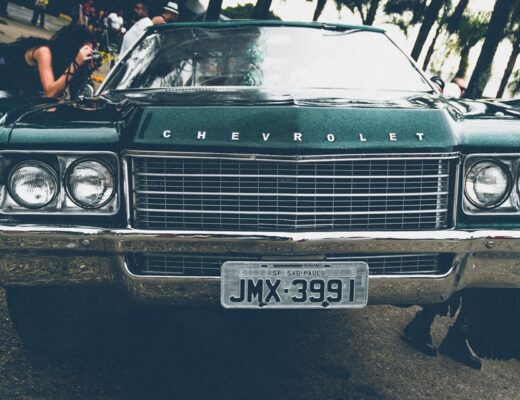More than just a means of transportation, classic cars are artistic expressions, emblems of a bygone age, and windows into a collective history. It takes expertise, persistence, and passion to restore a historic car. Classic automobile restoration may be an incredibly satisfying experience for anybody interested in cars, history or wanting to invest in something special.
This article will cover briefly details about restoration, from the origins of historic cars to the steps involved in restoring one.
Why Car Restoration Matters?
Like most life’s finer items, vehicles have a finite lifespan. The beauty of the vintage machinery can only be retained through restoration.
In addition to being a valuable historical artifact, these cars symbolize a bygone age of automobile engineering and design. Restoration steps in at that point.
Bringing a dilapidated, ancient car back to its original condition is what classic car restoration is all about. Restoring a vehicle can involve many tasks, including removing and replacing parts, reassembling the engine, painting the exterior, and adding new accessories.
Although it may be difficult and time-consuming, the end product is a stunningly restored car that will be treasured forever.
How To Find & Choose A Car To Restore
A classic car restoration is an emotional and financially gratifying labor of love. The first step in restoring a historic car, whether you’re a serious enthusiast or a collector seeking to expand your collection, is locating the perfect one. But it’s not easy, particularly for newcomers who don’t know what to do when restoring vintage cars.
If you’ve always wanted to restore a historic car to its former glory, here’s how to find and select the right one.
Prioritizing & Funding Your Restoration Project
Establishing restoration objectives and a budget is critical before beginning work on a classic car. Consider whether you’re buying the car for fun, cosmetics, or reselling. How much time, energy, and resources you’ll need to put into the restoration job is directly proportional to the extent to which your restoration goals are met.
When you make a budget before you spend any money, you’ll be more likely to stick to it and not go overboard.
Studying & Assessing Vintage Car Models
If you want to restore an antique car, doing your research is a must. First, determine what kind of restoration you’re after and how much money you must spend. Learn as much as possible about the model’s background, specifications, unique features, and any changes.
This study will give you a better idea of the restoration project’s viability by showing you which parts are available.
Vehicle Restoration Inspections
One of the first things to do when restoring an antique car is to inspect it thoroughly. Check for corrosion, wear and tear, and other problems with the engine, suspension, interior, and body. You should list all broken or missing components and determine if they can be repaired or replaced.
Also, you may gauge the scope of the restoration work, the total cost, and the time needed to complete the project with a thorough inspection.
Classic Car Rarity & Value Analysis
Whether you buy and restore an antique car depends on its rarity and value. Investigate the production numbers and number of surviving examples to ascertain the make and model’s rarity. You can use this data to determine if it’s a good investment and how much the car could be worth after restoration.
Sourcing Vintage Cars
Many places offer classic automobiles, including individual sellers, dealerships, and auctions. When choosing a source, it’s vital to weigh the benefits and drawbacks of each option and think about things like price, condition, and legitimacy.
The price may be lower from a private seller, but they might not have the tools or knowledge to give you an honest opinion on the car’s condition. While historic automobiles from dealerships may be more reliable, they might also be more expensive. Rare and unique old automobiles can be found at auctions, but be prepared for a fierce and unexpected bidding process.
Dealing With Classic Car Purchase Price Negotiations
After locating the ideal vintage vehicle, the next step is to haggle over the purchase price. Please find out how much the car is worth in the market by looking into its condition, rare, and other criteria.
If the bargain doesn’t fit your repair goals or budget, you should be ready to walk away. Be sure to include the potential expense of repairs in your bargain since they can build up rapidly.
Riding Into The Future While Revitalizing The Past
The process of restoring a classic car entails more than simply mechanical repairs. It’s all about transporting a fragment of the past into the future. Most importantly, it’s a labor of love that demands commitment and perseverance, but the payoff is a unique car that turns heads.
So, if you want a vehicle restored, you can check out classic car restorations Australia to preserve your car with the highest quality.








No Comments